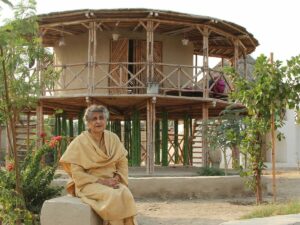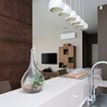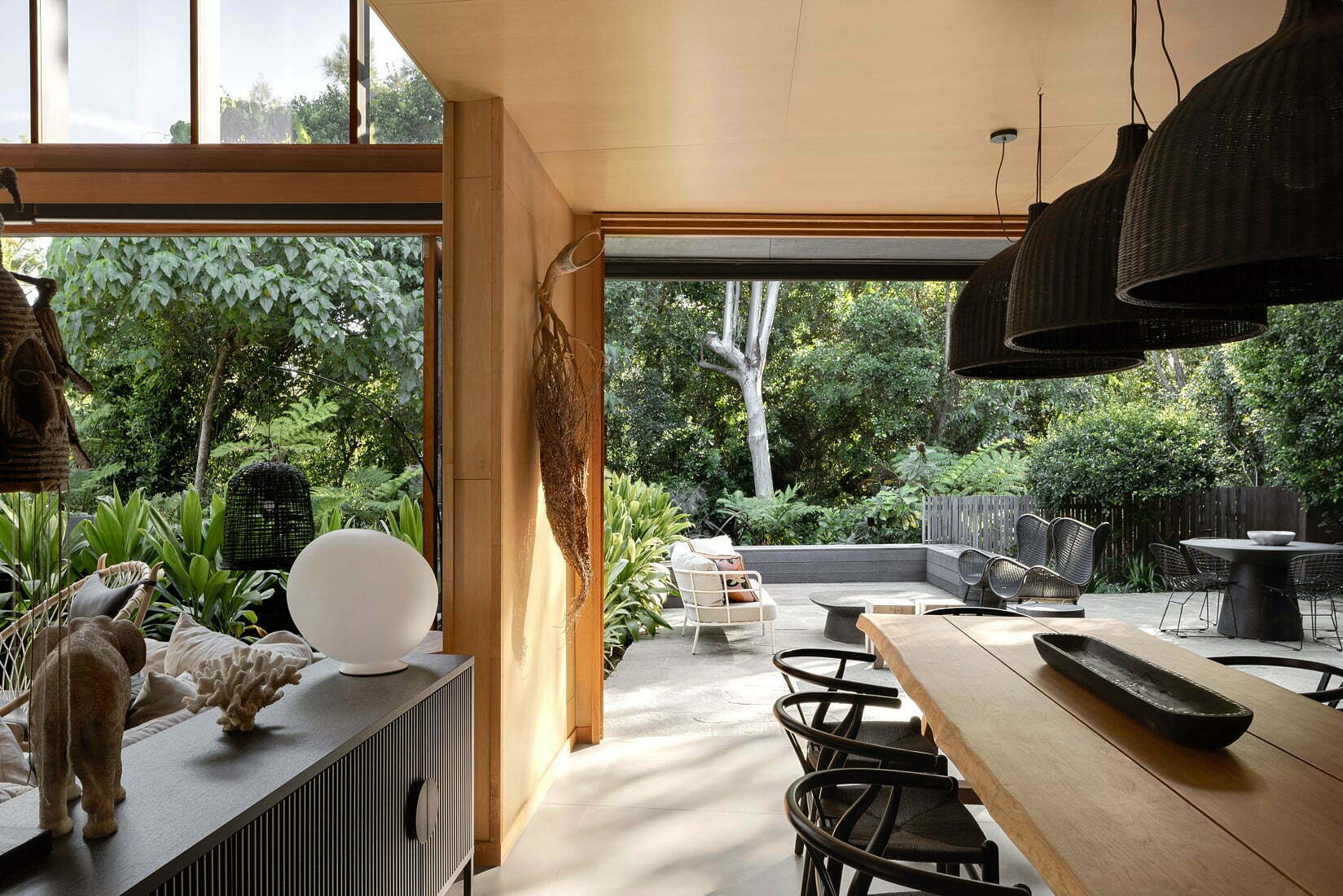
Innovating With Natural Materials – 4 Women To Watch
House of Bamboo, Sustainability
Share
- X
Natural materials have been around for centuries. Hemp was found in French ruins dating back to the 6th century, bamboo has been used as a building material in China for 7,000 years while thatch has been used on roofs since as early as 5000 BC.
Today, faced with the limits of the linear economy (take, make, waste) and alarming facts about the amount of waste the construction industry produces (40% of all global waste), Architects and Designers are going back to natural materials in an effort to switch to a circular economy (take, make, reuse).
Four women are breaking the mold and crafting mind blowing creations with some of the oldest materials in the world: bamboo and rattan.
Elora Hardy – Bali
Bamboo is a family passion in the Hardy family. John Hardy is the creator of The Green Village and the Green School in Bali and his children Elora and Orin have each built on their father’s passion and created their own businesses: Ibuku for Elora and Bamboo U for Orin.
Ibuku’s mission is to innovate with natural materials to connect people with nature. The extraordinary buildings they craft almost exclusively out of bamboo are designed to wonder. With her team of Architects and Designers, Elora keeps exploring groundbreaking ways to use bamboo as a building material for houses, bridges, auditoriums, schools, hotels and more.
“Bamboo might not be for everyone, but there’s enough bamboo for everyone”.

Yasmeen Lari – Pakistan
Yasmeen Lari was the first Pakistani female architect. She rose to fame in the 80s with a series of prestigious state commissions before distancing herself from the industry in the early 2000 to focus on writing. But in 2005, a devastating earthquake killed 80,000 Pakistanis and displaced 400,000 families. Determined to help, she tirelessly taught locals how to rebuild their homes using mud, stone and wood, convinced that giving them something to do would also help them recover from the trauma.
She then started developing low cost, low waste, earthquake resistant structures using cross-braced bamboo frameworks and teaching local communities how to build them. Her prototypes were tested at the University of Karachi and found to be capable of withstanding an earthquake more than six times the strength of the 1995 Kobe disaster. She was awarded the prestigious Jane Drew Prize in 2020 as recognition of her trailblazing humanitarian work.
‘It’s not only the right of the elite to have good design”

Aurelie Hoegy – France & Mexico
Aurelie Hoegy is fascinated with movement and sustainable materials. Working from her Parisian atelier, she travels between Bali and Mexico to learn from rattan masters and collaborate on projects. Her latest project, Wild Fibres, is a range of meticulously crafted and sculptural furniture that celebrates the fluidity of rattan.
“Rattan is probably one of the most amazing materials I’ve worked with so far. It’s exceptionally flexible, soft, and extremely rigid when attached to each other. Rattan is definitely alive.”

Jennifer Snyders – Australia
Jennifer’s father, Mark, started importing bamboo products to Australia in 1972. After studying architecture, Jennifer realised bamboo’s untapped potential was a game changer for the building industry. She joined the business and developed it into the trailblazing brand it is today.
As CEO, she continues to push the boundaries of what bamboo can do, cementing House of Bamboo® as the key player in the industry. She champions the principles of a circular economy and campaigns to make bamboo the new timber. She is passionate about creating an agricultural and manufacturing bamboo industry in Australia and founded The Bamboo Choice, an agronomy and product consulting business to further this aim.
“By choosing bamboo, you are helping support sustainable construction practices, preserve our environment and improve biodiversity. In a time where our decisions and actions matter more than ever, House of Bamboo®’s mission is to facilitate this choice by providing elegant and sustainable design solutions.”

At a time where the impact of our design decisions matters more than ever, female architects and designers around the world are leading the way in using natural materials in unusual and innovative ways. All we need for this shift to have the impact it deserves, is for the industry to embrace natural materials as legitimate building solutions.
To find out how to incorporate more natural materials in your designs, get in touch with House of Bamboo® Design Consultants here.









